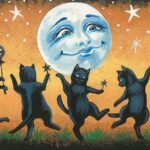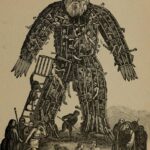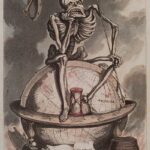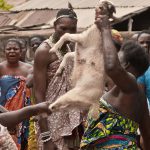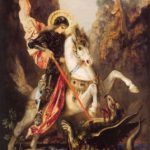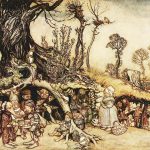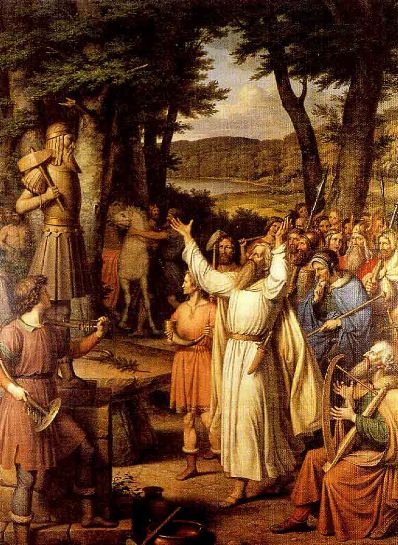
The Álfablót or the Elven sacrifice is a pagan Scandinavian sacrifice to the elves believed to occur around the same time of the year as Halloween towards the end of autumn, when the crops had been harvested and the animals were most fat. Unlike the great blóts at Uppsala and Mære, the álfablót was a local celebration at the homesteads that was mainly administered by the woman of the household. The elves were powers connected to the ancestors, and it can be assumed that the blót related to a cult of the ancestors. The álfablót is also celebrated in the modern revival of Norse religion, Ásatrú.
The verb blóta meant “to worship with sacrifice”, or “to strengthen”. The sacrifice usually consisted of animals, in particular pigs and horses. The meat was boiled in large cooking pits with heated stones, either indoors or outdoors. The blood was considered to contain special powers and it was sprinkled on the statues of the gods, on the walls and on the participants themselves. Related religious practices were performed by other Germanic peoples, such as the pagan Anglo-Saxons.
It was a sacred moment when the people gathered around the steaming cauldrons to have a meal together with the gods or the Elves. The drink that was passed around was blessed and sacred as well and it was passed from participant to participant. The drink was usually beer or mead but among the nobility it could be imported wine.
The old prayer was til árs ok friðar, “for a good year and frith (peace)” They asked for fertility, good health, a good life and peace and harmony between the people and the powers.

